Trust Fund Baby: Demystifying Your Inheritance
Let me be clear: I am NOT a financial advisor or wealth manager.
However, after years of working intimately with HNW and UHNW individuals and families, I’ve gained insights into the complexities of inheritance, wealth structures, and trust funds.
Many of my clients have been( are) next-gen and rising-gen inheritors.
And the knew they had trust funds, yet felt disconnected or overwhelmed by the intricacies of how they worked.
So, I made it simple.
Here’s your ShaylaUnlmtd guide to understanding the foundations of trust funds.
📌What Happens When You Inherit from a Trust?
Inheriting from a trust is not a one-size-fits-all experience.
It depends on two key factors:
1. The type of trust.
2. The grantor’s provisions. (the intentions and rules set by the person who created the trust).
Generally, there are two main ways you may inherit:
- Outright Distribution: You receive full ownership of the funds or assets, free to manage them as you see fit. ( most people prefer this way)
- Held in Trust: The assets remain under a trustee’s management, with access determined by the trust’s terms. ( most common way)
📌Outright Inheritance: Freedom Meets Responsibility
With an outright inheritance, the trust provides you with direct ownership of your assets, which may include:
- Cash
- Stocks, bonds, or other investments
- Real estate
- Collectibles or fine art
- Illiquid assets like private equity stakes
The terms of the trust may specify:
- Timing: Distributions may occur upon reaching a certain age or milestone.
- Conditions: Such as graduation, marriage, or other life events.
- Allocation: Whether the inheritance is divided equally among beneficiaries or distributed in specific percentages.
Outright inheritance offers immense freedom—but with that freedom comes the weight of responsibility.
Stewarding your wealth wisely is critical to preserving your family’s legacy and your future legacy.
📌Held in Trust: Wealth with Intention
If your inheritance is held in trust, the grantor intended for a trustee to oversee and manage the assets for your benefit.
This approach ensures security, long-term growth, and structured access.
It may feel restrictive at times, but it’s designed to protect your wealth and align it with the grantor’s vision.
📌How Beneficiaries( you) Access Trust Funds
Your ability to access funds depends on the trust’s terms. Common methods include:
1. Lump-Sum Payments
- Distributed at specific ages or milestones, such as turning 30 or graduating from university.
2. Incremental Payments
- Regular distributions of income, typically annually or quarterly, to maintain a steady flow of funds.
3. Discretionary Distributions
- Managed at the trustee’s discretion and guided by standards like Health, Education, Maintenance, and Support (HEMS).
📌Understanding the Types of Distributions
- In-Kind Distributions: Assets (like stocks or property) are transferred directly to you. You’ll need to decide whether to manage, hold, or liquidate them.
- Cash Payments: Direct transfers to your account, providing liquidity and ease of access.
📌The Trustee’s Role
To make accessing your inheritance as hard as humanely possible… just kidding 😉
Your trustee is the steward of the trust, responsible for carrying out the grantor’s intentions and protecting its assets.
To access funds, you may need to provide documentation, such as:
- A budget or expense report.
- Proof of income or financial need.
- An explanation of how you intend to use the funds.
Trustees evaluate these requests based on the trust’s guidelines to ensure alignment with its purpose.
📌Understanding the Criteria for Distributions
When assets are held in trust, the trust document often specifies:
- Access to Principal vs. Income: Can you withdraw from the core investments, or only the returns they generate?
- Rights to Real Estate: Whether you can live in or rent out properties owned by the trust.
- Milestones and Conditions: Age thresholds, educational achievements, or life events that trigger distributions.
- HEMS Standards: Ensuring distributions support your health, education, maintenance, and lifestyle.
📌Why This Knowledge Matters
Being labeled a "Trust Fund Baby" often comes with sarcasm and judgment.
Especially by those whose families did not bless them with a trust fund.
The truth is a trust fund is not just a financial instrument—it’s a reflection of your family’s legacy, values, and vision.
Understanding how your trust works empowers you to make decisions that honor that legacy while defining your own path forward.
Wealth is a gift, but also a responsibility.
It’s not just about what you inherit, but how you steward it.
So, whether your trust fund grants you complete freedom or structures your access, the key to thriving is mastering your relationship with money and wealth.
Because inheritance is not just about money—it’s about stepping into a higher level of responsibility, consciousness, opportunity, and purpose.
If you find yourself still overwhelmed by this all, I can support you in demystifying your money/wealth/inheritance. And better understanding and healing your relationship to it all.
The conversation begins in my inbox.

